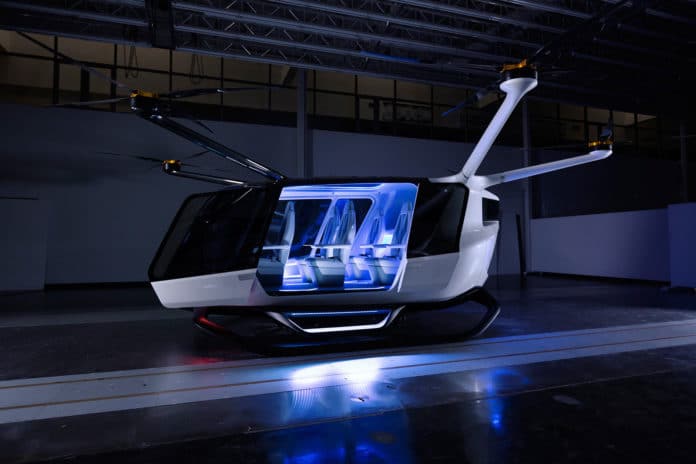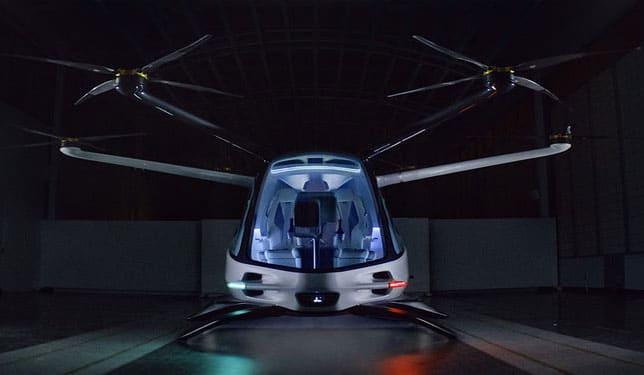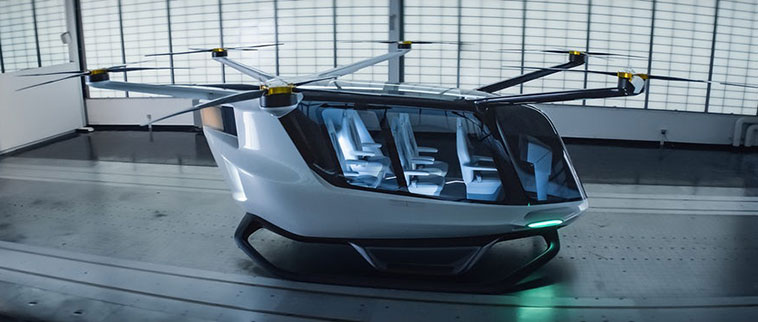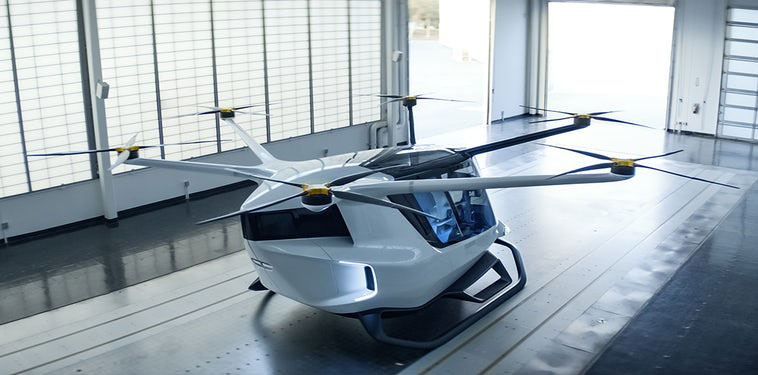A Hopkinton Massachusetts-based startup, Alaka’i Technologies is all set to join the group of companies developing flying cars. The company has unveiled the Skai, a flying taxi that will run on hydrogen fuel cells, what it claims that is the first of its kind you normally see on the ground.
It is the cleanest form of energy available on the Earth, therefore, Alaka’i believes it can achieve a lower environmental impact and better performance from fuel cells.
Skai, an electric vertical takeoff, and landing (e-VTOL) vehicle was co-designed by global creative consultancy design works. Most other competitor vehicles are powered by the batteries which can add a lot of load to the craft.
Also read: A new fuel cell lasts at least 10 times longer than current technology
The Skai’s fuel cells provide power to electric motors that turn six rotors. It can carry up to five people – for four passengers and a pilot and Alaka’i is aiming for a payload capacity of 1,000 pounds and a top speed of 118 mph. According to Alaka’i, the technology will reportedly allow Skai to fly for up to four hours with a 400-mile (644 kilometers) range.
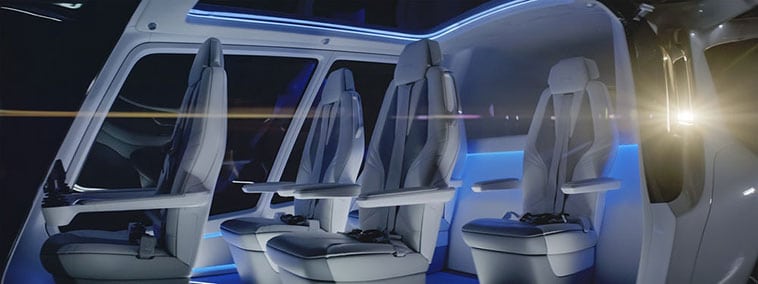
Its fuel cells are 99% recyclable and Alaka’i claims they enable the Skai to travel longer distances. The company also says that these cells don’t use the rare-earth metals found in lithium-ion batteries, and have a decades-long lifespan. Alaka’i will get its hydrogen from renewable sources, such as wind, solar, and hydro-electric. Also, the refueling is quicker than recharging a battery pack, at under 10 minutes.
From its sleek, uncluttered design, radically simple and safe electric vertical takeoff and landing (eVTOL) vehicle, to its fuel source – a system that runs entirely on hydrogen fuel cells – Skai is poised to be one of the safest, cleanest and most versatile air mobility solutions introduced to the world.
The company has planned four main uses for the Skai. The first one is a passenger-carrying Skai Cab version, which will be used as a flying taxi. The next one is Skai Cargo model – used as a flying van for last-mile deliveries. The Skai Med version will be aimed at first responders, while the Skai Craft will be designed for use as personal transportation.
The team is planning to develop an autonomous version after launching the initial human-piloted model. While the design and the setup already give the Skai the appearance of a giant drone.
Alaka’i says it’s planning a test flight of electric flying vehicle near its Massachusetts headquarters. It has not yet been certified by the Federal Aviation Administration (FAA), but the company believes that it will clear that hurdle in the near future and aiming to complete that process by 2020.
